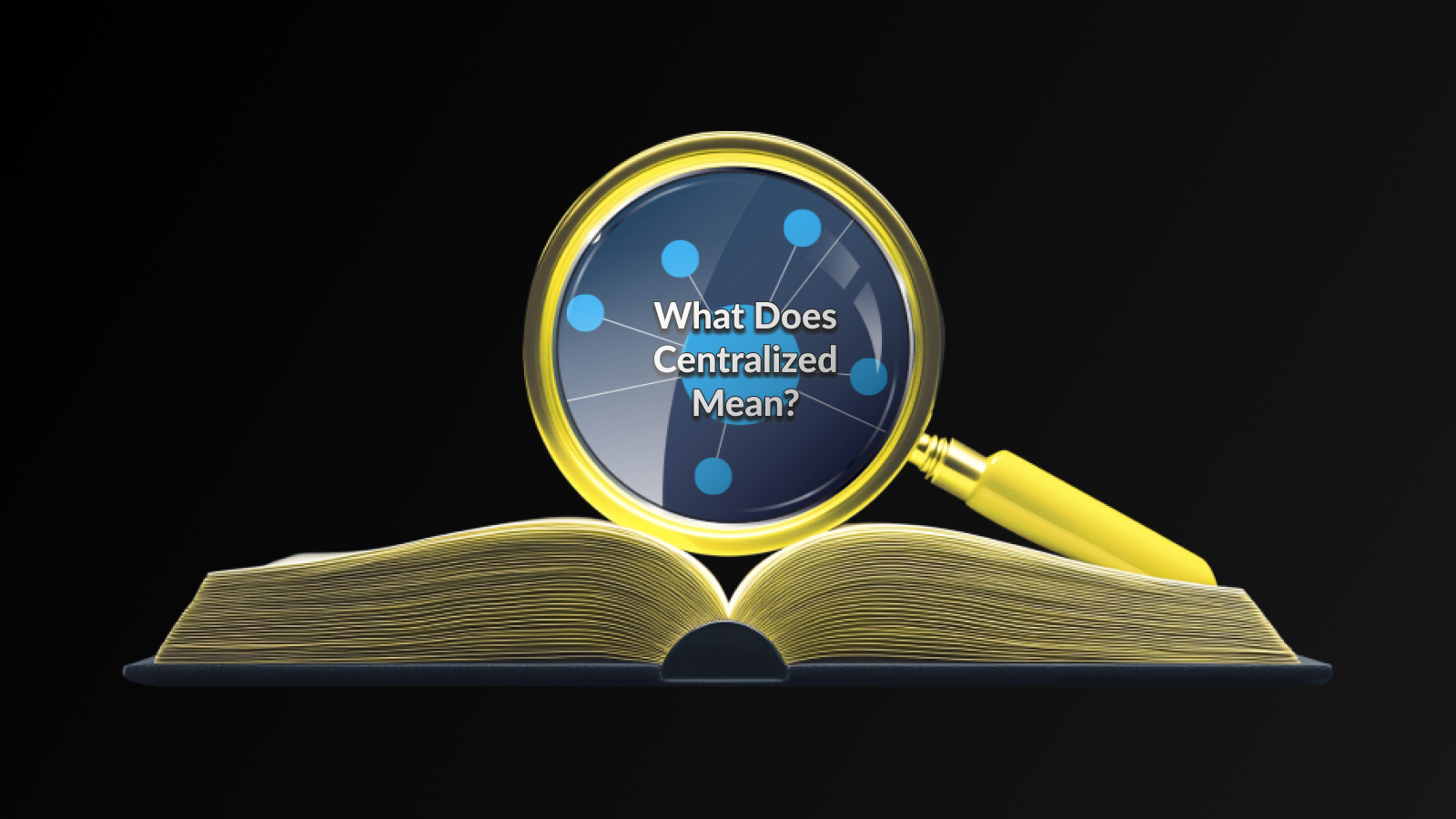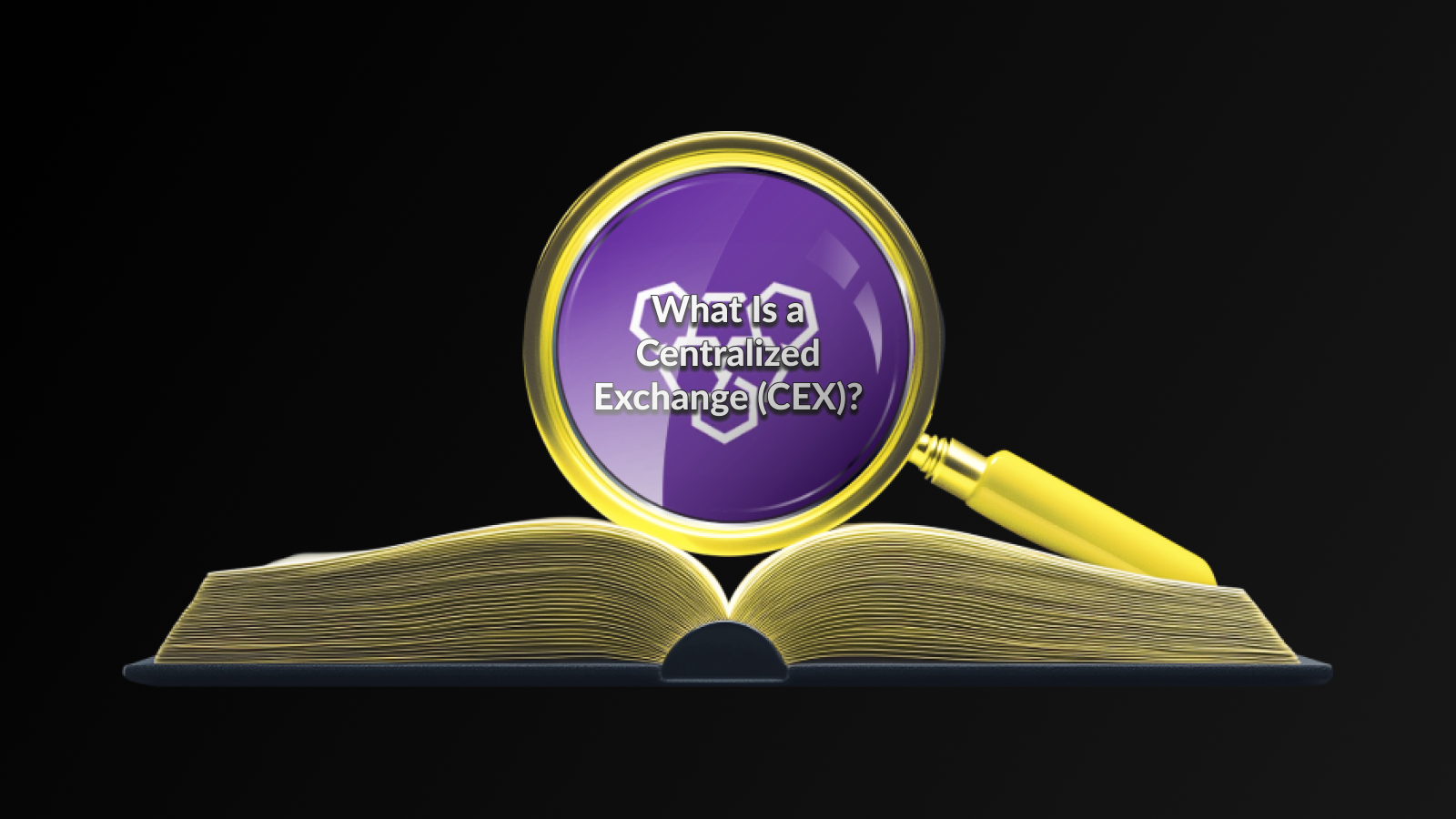Understanding Central Ledger in Cryptocurrency: A Key to Centralized Systems
In the realm of cryptocurrency, the concept of a Central Ledger plays a crucial role in maintaining transactions and financial data. Unlike decentralized ledgers, which are synonymous with the principles of blockchain technology, a central ledger operates on a centralized system where a single entity has control over the data. This centralized authority is responsible for authorizing and recording every transaction, ensuring a streamlined and efficient process.
The primary function of a Central Ledger in the cryptocurrency ecosystem is to maintain accuracy and integrity in transaction records. By relying on a central authority, users can expect quicker transaction times and easier dispute resolution since there is a designated point of contact for any issues that might arise.
However, while Central Ledgers offer notable advantages, such as ease of use and faster processes, they also introduce vulnerabilities related to trust and security. Centralized systems can become targets for hackers, and the reliance on a single entity may result in misuse of control or data breaches. Understanding these dynamics is essential for users who wish to navigate the complex landscape of cryptocurrency effectively.
The Central Ledger represents a fundamental aspect of how centralized systems function within the realm of cryptocurrency, balancing the need for efficiency and oversight with the inherent risks of centralization.
How a Central Ledger Works
A Central Ledger operates as a centralized repository where all transaction data is stored and managed. Unlike decentralized ledgers that distribute data across many nodes, a central ledger consolidates all information into a singular, manageable format.
When a transaction occurs, it is recorded in real-time within this centralized system. This ensures that all parties involved have immediate access to the most current data, reducing discrepancies and improving validation processes.
Access to a Central Ledger is typically restricted to authorized users. These users can include financial institutions, regulatory bodies, and other relevant entities. The strict access control helps maintain data integrity and security.
Furthermore, the central ledger can also serve functionalities such as auditing and compliance monitoring. This feature allows for easier regulatory oversight, as all transactions can be traced back to their source.
The efficient workings of a Central Ledger not only streamline transaction processes but also reinforce trust among users by providing a reliable and transparent method of recording financial activity.
Role of Central Ledgers in Cryptocurrency
The Central Ledger plays a pivotal role in the functioning of centralized cryptocurrency systems, serving as the main database for transaction records. Unlike decentralized ledgers that rely on a distributed network, a Central Ledger consolidates all transactions in one centralized repository, which is managed by a specific entity or authority. This central authority is responsible for validating, recording, and maintaining the integrity of the transaction data.
In centralized systems, the Central Ledger ensures that all parties involved have access to the same transactional information, mitigating issues related to discrepancies and errors. By providing a single source of truth, it enhances transparency and reliability, ultimately enabling users to make informed decisions based on consistent data.
Moreover, the Central Ledger facilitates rapid transaction processing times. Since all operations are overseen by a single entity, transactions can be confirmed and completed much quicker than in decentralized models, making it an appealing option for users prioritizing efficiency.
However, the reliance on a Central Ledger also brings about concerns regarding security and control. The central authority holds significant power over the transactional data, presenting a risk of data manipulation or even breach if not adequately secured. Therefore, while the Central Ledger offers various advantages, it is essential to balance its benefits against potential vulnerabilities.
Advantages of a Central Ledger
One of the primary benefits of a Central Ledger is enhanced efficiency in transaction processing. By centralizing financial records and activities, organizations can significantly reduce the time and resources needed to manage transactions, as all data is stored in a single location.
Another advantage is the improved accuracy of data management. Central ledgers minimize the risk of discrepancies that often arise from distributed systems, ensuring that financial records are consistent and up to date. This is crucial for maintaining trust and reliability in financial reporting.
Furthermore, a Central Ledger often provides robust security measures. These systems can be fortified with advanced encryption and access controls, helping to protect sensitive financial information from unauthorized access and cyber threats.
Central ledgers facilitate regulatory compliance by making it easier for organizations to track transactions and maintain accurate records. This transparency simplifies audits and reporting to regulatory bodies, thus ensuring that companies adhere to the necessary legal standards.
Disadvantages of a Central Ledger
While a Central Ledger can offer advantages in terms of transaction efficiency and management, it also comes with notable downsides that need to be addressed. One significant disadvantage is the issue of centralized control, which raises concerns about trust and transparency. In a centralized system, a single entity has the power to manipulate records, leading to potential fraud or errors.
Moreover, a Central Ledger is more vulnerable to cyberattacks compared to decentralized systems. Since all data is stored in one location, hackers can target this single point of failure, risking the integrity and availability of the financial records. This risk is compounded by the increasing sophistication of cyber threats.
Another issue is the potential for operational inefficiencies. Depending on the systems’ architecture, bottlenecks can occur when processing a high volume of transactions, resulting in delays. This can be particularly problematic in markets that demand real-time processing and instant settlement of transactions.
Regulatory compliance can pose a challenge for systems utilizing a Central Ledger. The requirement to adhere to various regulations may hinder the flexibility and agileness of a centralized authority, ultimately impacting the user experience and leading to dissatisfaction among participants.
Frequently Asked Questions
What is the definition of a central ledger?
A central ledger is a primary accounting record that consolidates all financial transactions and data for an organization, serving as the main source for the preparation of financial statements.
How does a central ledger differ from other types of ledgers?
Unlike subsidiary ledgers which provide detailed information on specific accounts, a central ledger aggregates all financial data into a single, comprehensive document, providing a holistic view of an organization’s financial position.
What are the key components of a central ledger?
Key components of a central ledger include account balances, transaction details (date, amount, description), and account classifications (assets, liabilities, equity, revenue, expenses).
Why is a central ledger important for businesses?
A central ledger is crucial for businesses as it ensures accurate financial reporting, facilitates regulatory compliance, aids in auditing processes, and provides a clear view of financial performance.
How is a central ledger maintained?
A central ledger is maintained through regular updates from various departments, ensuring that all financial transactions are recorded in real-time and reconciliations are performed periodically.
Can a central ledger be managed using accounting software?
Yes, many businesses utilize accounting software to manage their central ledger, which automates data entry, provides reporting tools, and enhances accuracy and accessibility of financial information.
What challenges might arise when managing a central ledger?
Challenges can include data entry errors, the complexity of integrating multiple systems, ensuring data security, and maintaining compliance with accounting standards and regulations.
Disclaimer
The content provided in this article is for informational purposes only and should not be considered as financial or investment advice. While the concept of a Central Ledger is pivotal in understanding centralized systems, it is essential to conduct your own research before making any financial decisions.
Cryptocurrency markets can be volatile, and individuals should be cautious when interpreting information related to Central Ledgers. This article does not guarantee the accuracy or completeness of the information presented, and it is advisable to consult with professional advisors regarding any investments.
Furthermore, the understanding of Central Ledger structures may evolve with advancements in technology and shifts in regulatory practices. Therefore, it is crucial to stay updated with the latest developments in the cryptocurrency space.
By using this article, you acknowledge and accept that the authors and the website are not responsible for any outcomes or losses that may arise from reliance on the information provided herein.





